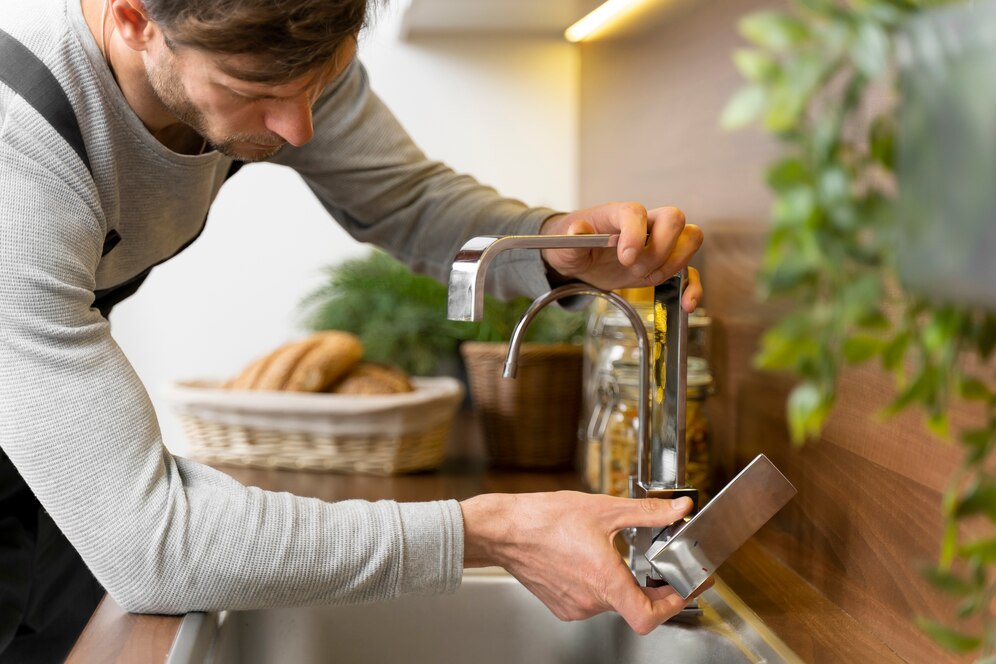Dealing with low water pressure can be frustrating, especially when it affects daily tasks like showering or washing dishes. Here are some steps you can take to tackle the issue:
- Clean the Fixtures:
- If low water pressure is isolated to one fixture, it may be due to mineral build-up. Use white vinegar-soaked rags to remove mineral deposits from faucets or drains. Let the rag sit for an hour before rinsing off the area.
- Check Water Meter Valves:
- Ensure that water meter valves are fully open. These valves may have been closed during previous plumbing work and forgotten to be reopened. Locate the shut-off valve, which can be found near the water meter, and ensure it is fully open.
- Check the Pressure Regulator:
- The pressure regulator regulates water pressure to prevent damage to pipes. If it’s malfunctioning, it could cause low or excessive water pressure. Contact an expert plumber to inspect and replace the pressure regulator if necessary.
- Check Old Pipes:
- Corroded or aging pipes can contribute to low water pressure. Consider replacing corroded pipes, especially if they are made of steel and are prone to build-up. PEX tubing can be a cost-effective replacement option.
- Address High Water Pressure:
- Conversely, if you’re experiencing high water pressure, it can lead to pipe damage. Optimal water pressure is between 52 to 75 pounds per square inch (psi). Contact a plumber to reduce water flow and prevent potential damage to your pipes.
If these steps don’t resolve the issue or if you’re unsure about handling the problem, it’s best to seek assistance from a professional plumber. At Experts in Your Home, we’re here to help address your water pressure concerns and ensure your home’s plumbing system operates smoothly.

